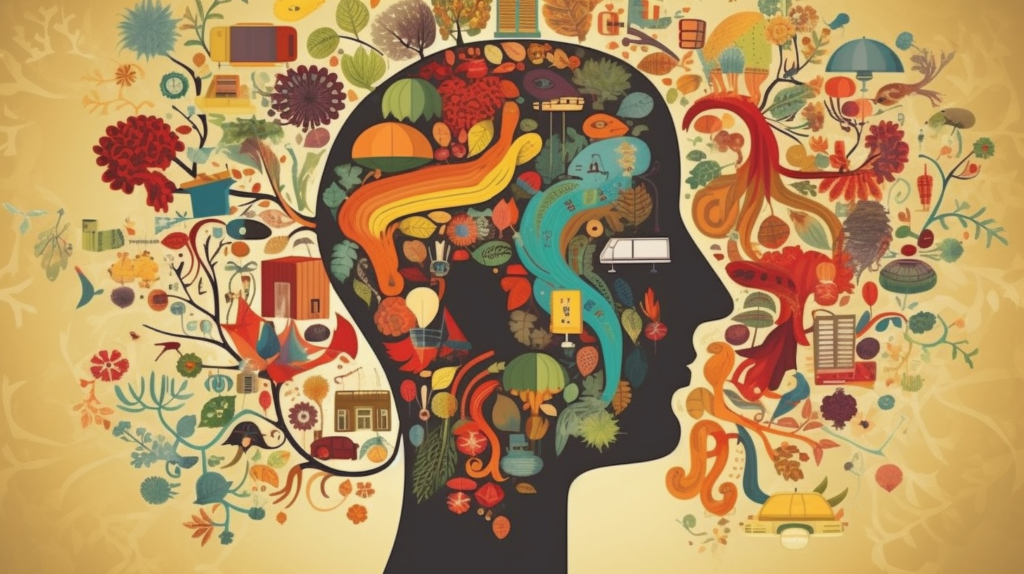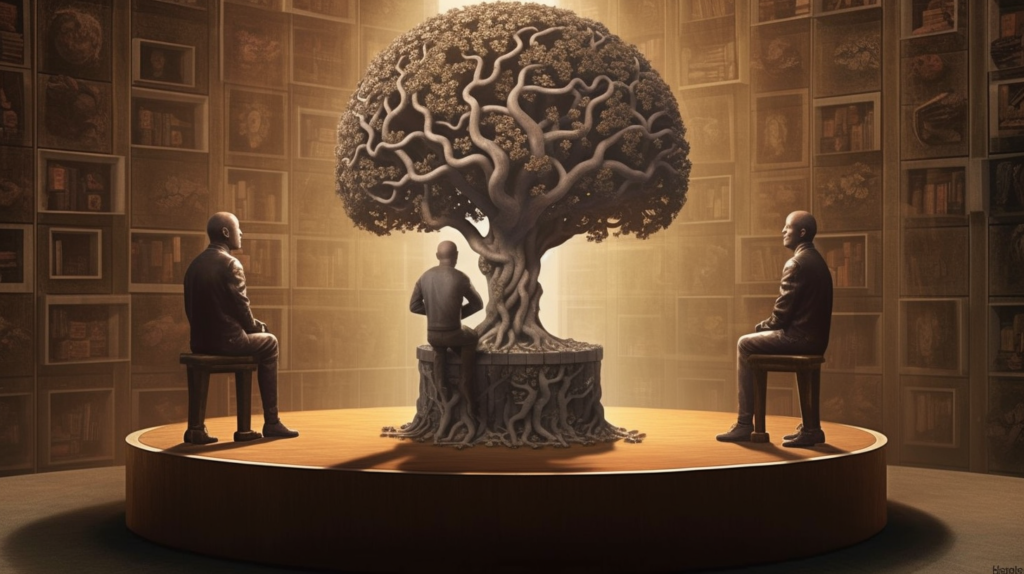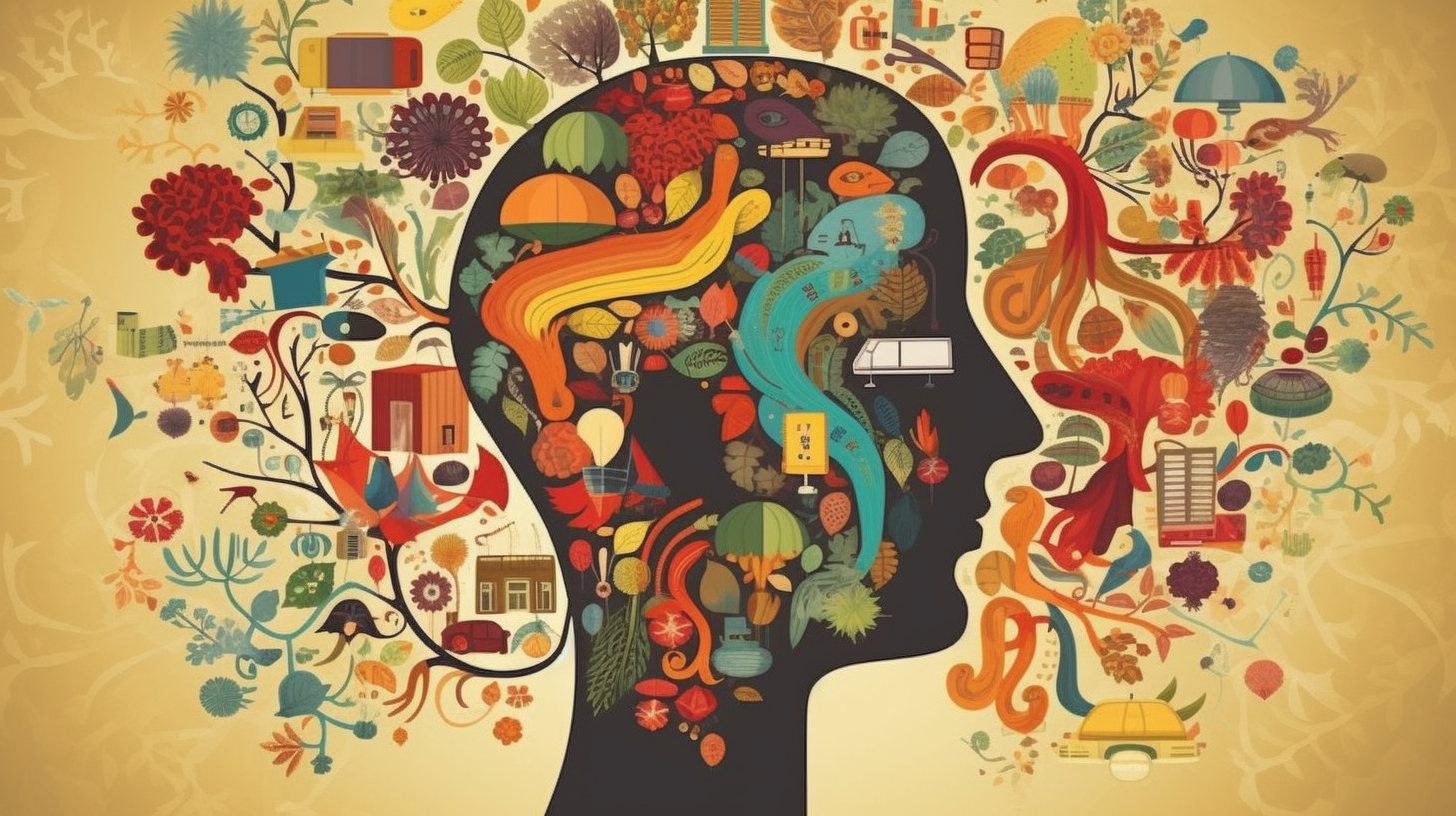We all want to find our place in this world and unlock our full potential – but how can we do this? There’s one key element to improving your success and becoming a critical thinker: Critical Thinking and Problem-Solving. This article explores the benefits of honing in on these skills, so take a deep dive into the power of critical thinking and problem-solving and how it can make a transformative impact on your life!
1. Getting Started: What Is Critical Thinking and Problem-Solving?
Critical thinking and problem-solving are skills that are incredibly important for any individual who wishes to succeed in any given field. It’s the process of analyzing a problem, forming strategies, and coming up with a solution to fix it. Being able to think and problem-solve critically allows you to assess the situation from various angles, giving you a better chance of success.
You need to have a deep knowledge of what the problem is, remember the information you’ve acquired, and be able to identify the options so that you can create an educated solution. When dealing with critical thinking and problem-solving, it’s important to stay flexible and adapt quickly to new information that may arise. This is a skill that can take time to develop and should always be honed in order to become more effective in analysis.
At the core of critical thinking and problem-solving reside the abilities to ask questions, investigate people’s answers, seek resources, and develop solutions. You also need a strong set of values and ethics for analyzing the situation and standing by your decision no matter what. Developing a strong and reliable ethical judgement will ensure that you can make the best decisions, even if they may not be popular.

2. Harnessing the Power of Questions
When a task or goal is in front of us, it is natural to start routing it out with questions. This tool is as old as inquiry itself; the simple yet powerful process of formulating questions is an incredibly effective way to grow ideas, uncover solutions and create clarity.
For example, start with the basics. Have you already identified the issue, and are you clear on the outcome you want to achieve? If not, these broad questions can point you in the right direction, and introduce new perspectives to consider. You can dig deeper with further questioning to get to the heart of the matter; what underlying principles must you consider, what resources are available and where are the potential risks?
Finding answers to the questions you pose can be a rewarding journey. Doing your research, talking with experts and exploring new perspectives can help to unearth hidden gems of knowledge. Once you have the answers, your confidence will grow and your understanding of the task will deepen. You will be empowered to take the next step and progress to the end goal.
3. Learning How to Evaluate Information
It’s become increasingly important to evaluate the information we consume on a daily basis in order to stay informed and ensure accuracy. Even though the internet is full of information, it’s not all trustworthy – which is why it’s necessary to have skills to properly discern its credibility.
An important first step to evaluating information is to identify the source. Is it from a reliable website, or a lesser known blog? Knowing who wrote the information can help you determine whether it can be trusted. Additionally, look into when it was last updated and if there are any comments or feedback provided.
Once you’ve figured out the source, it’s time to look deeper into the content. Try to determine the purpose behind the information. Is the author simply presenting facts, or do they have an agenda? Does the information contain opinions that deviate from the norm? Additionally, look out for evidence and proof points. Is the information backed up with data, or is it simply anecdotal? All of these factors can help you understand if the information is valid and unbiased.

4. Thinking Creatively to Inspire New Solutions
Many of the world’s most pressing problems can seem too big and too entrenched to tackle, but with creativity and an open-mind, we can often find new solutions that hadn’t previously been thought of.
Creative application of old solutions or approaches in new ways often matters most. Take for example the 2020 pandemic: never before had governments all throughout the world had to implement instant emergency response plans with social distancing protocols. But, by creatively applying existing intelligence, many nations were quickly able to appropriate decisions within days. From massive influx of technology use to ensure remote work and schooling, to efficient distribution systems for food and inoculations – creative utilisation of resources was the key.
Similarly, creative thinking can drive the development of new technologies and solutions – biometrics, robotics, fibre optic, drones and artificial intelligence. Boldly experimenting with new approaches, or even just combining existing approaches, is essential in making new discoveries, which can then be adapted to take on a variety of challenges.
- Be open-minded: don’t just assume we know all the answers!
- Adapting existing solutions can often times be a great starting point
- Encourage experimentation: Combine existing approaches or try something new!
5. Problem-Solving Techniques to Try
There are many problem-solving techniques to try when navigating tricky situations in life. Here are five of the most popular options:
- Brainstorming – use the power of group thinking to come up with as many ideas as possible to address an issue. This can help to generate creative solutions which you may not have considered alone.
- Manage Priorities – when dealing with multiple tasks or projects, it can be helpful to map out each task and prioritize the most important ones first. This will help to streamline the process.
- Force Field – use a linear analysis to understand a situation or problem by breaking it into smaller sections and analyzing the pros and cons of each section. This will help to identify influencing factors and come up with the best solution.
- Mind Mapping – create a mind map of all the inter-connected aspects of a problem. This will lead to a comprehensive understanding of how a problem or challenge operate and can reveal potential solutions that may be overlooked.
- Hypotheses and Experiments – come up with one or more hypotheses to explain a problem or situation and then test them through experiments or other forms of research. This is an evidence-based approach that could lead to more accurate solutions.
The right problem-solving technique will ultimately depend on the context in which the problem or challenge is occurring; however, the above methods are useful methods that can be implemented in a variety of scenarios.

6. Understanding Group Dynamics and Teamwork
Group dynamics and teamwork are the cornerstones of work organizations. Navigating the unpredictable nature of group dynamics and leading a team to success requires strong insight and a personal touch. Here are some key components of understanding and maximising the potential of teamwork in the workplace:
- Leadership: Clear communication and leadership can have a positive impact on group dynamics. Leaders should clearly set expectations, allocate roles, and create a constructive environment for everyone.
- Flexibility: A good leader should be flexible and be able to adapt to the dynamics of the group. A group of people are all unique and a good leader can take advantage of these unique qualities by responding to group changes in an effective manner.
- Listening: Listening to team members can help a leader better understand their group’s dynamics. Listening is an effective way of developing relationships with team members and understanding their thoughts, goals, and motivations.
In addition to these leadership techniques, there are other aspects of group dynamics that can be encouraged to maximize the potential of a team. Members should be encouraged to work together as a whole, making sure that everyone feels respected and appreciated. This will ensure that the team can work together effectively and efficiently, with minimal disruption.
A leader must also be aware of interpersonal issues that may arise in a team. Unresolved conflict can be damaging to team morale and effectiveness. By managing conflicts and disputes in a constructive manner, a leader can ensure a healthy and productive team environment.
7. Developing Self-Awareness Through Reflection
Self-awareness is one of the most important life skills we can have. By becoming aware of ourselves and our reactions to external events, we can start to gain more control over our emotions, our behaviors, and our relationships. One of the best ways to develop self-awareness is through reflection, which involves taking the time to consciously think about your own thoughts and feelings in order to better understand them.
Reflection has many important benefits. First, it allows us to recognize our biases and our assumptions. By actively thinking about our perceptions of ourselves, our assumptions about the world, and our reactions to certain events, we can start to recognize the patterns that govern our behavior. We can then start to consciously form healthier relationships with ourselves and with others.
Second, reflection can help us to become more mindful of our decisions. By thinking about our own thought process, we can gain insight into our decision-making skills and be more mindful when making decisions. By being mindful of our decision-making process, we can prevent ourselves from making decisions that are based on fear or irrational thought.
- Reflection helps us to gain insight into our own thought process and decision-making skills.
- We can use reflection to recognize our biases and develop healthier relationships with others.
- Through reflection, we can become more self-aware and mindful of our decisions.

8. Unlocking Your Potential: Taking It to the Next Level
We can all agree that potential is an astonishing resource within us; an inexhaustible source of inspiration and power that propels us forward so that we can reach new heights. When tapped into, unlocking our potential allows us to take our lives to the next level and surpass all expectations. Here are the steps to success:
- Set specific, realistic and achievable goals
- Rally your inner drive and determination
- Envision yourself already having achieved your goals
- Take consistent action and stay focused
- View any mistakes as learning opportunities
- Surround yourself with optimistic people and positive resources
Each one of us has a unique set of qualities and skills. When we recognize and dedicate ourselves to the goals we want to accomplish, we will exceed our own limits and open ourselves up to a world of possibility. This is the spirit of unlocking our potential to ascend to heights never before seen.
The world is full of possibilities. By unlocking the potential that lies in critical thinking and problem-solving, individuals and businesses alike can rise to the challenges before them and create the kind of meaningful change that will propel us to a brighter future. Let’s take the opportunity and unleash our potential – it’s only just the beginning!
